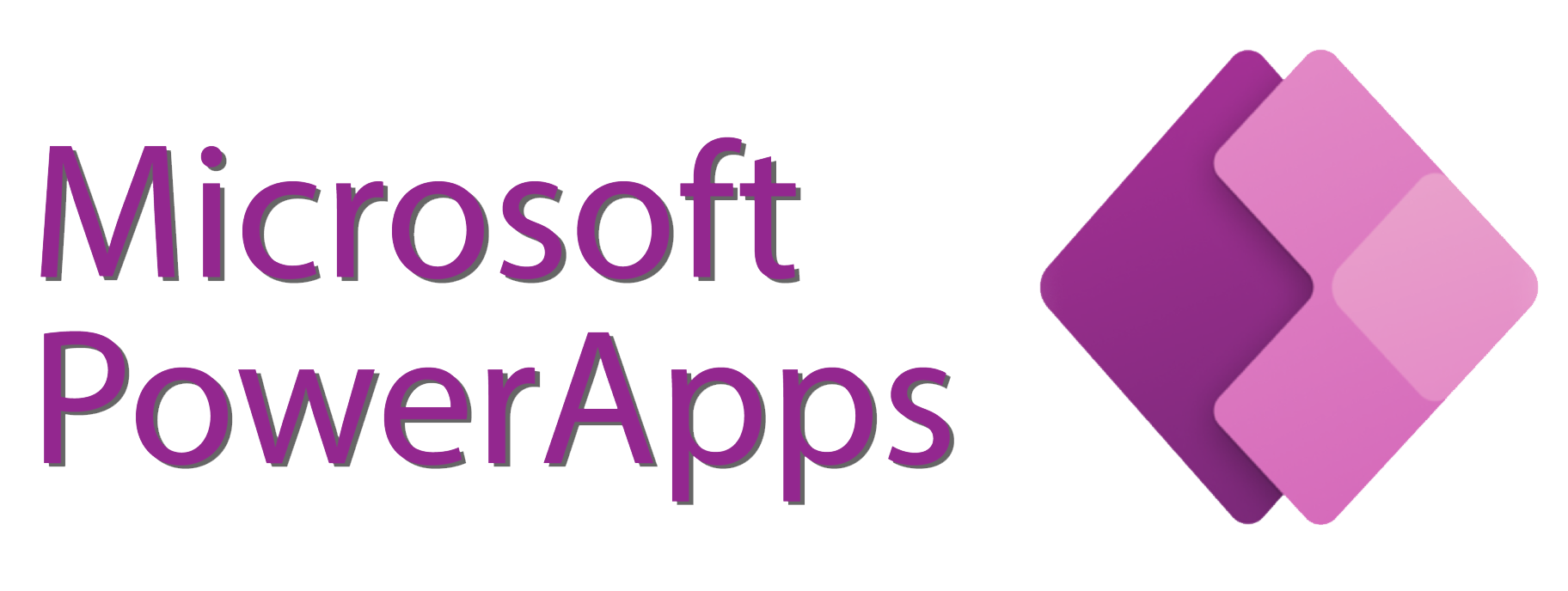

Why Kreante is Embracing LowCode Development Solutions
Publié le 20 décembre 2024
- 8 minutes de lecture
What is Low-Code Development?
Definition of Low-Code Development
Low-code development is a transformative approach to software development that empowers users to create applications with minimal coding expertise. By utilizing visual development environments, drag-and-drop interfaces, and pre-built components, low-code platforms streamline the development process. This makes app development accessible to business users, citizen developers, and experienced developers alike. These platforms enable rapid application development while reducing the need for extensive coding knowledge, fostering innovation and agility in organizations.
Low-code platforms provide many benefits, including democratizing app development by reducing technical barriers. This approach allows businesses to respond swiftly to market changes, accelerating development cycles and reducing dependency on traditional development methods.

Why LowCode, Why Now?
The adoption of low-code development solutions is not just a trend but a strategic response to evolving demands in the tech landscape. Today’s businesses require rapid delivery of digital solutions, competitive edge in dynamic markets, and robust software development practices. Low-code platforms provide the agility to meet these needs effectively.
Low-code development supports digital transformation by enabling developers to build applications faster, adapt to changes more efficiently, and scale applications without traditional complexities. By embracing low-code, organizations can streamline their workflows, reduce development costs, and focus on core business logic.
How Kreante Uses LowCode: Real-World Applications
Kreante leverages low-code platforms to address diverse business needs, delivering customized solutions in various contexts. Here are some of our frequent applications:
Pages d'atterrissage
Objectif: Lancement de produits, promotion d'événements et génération de prospects.
Impact: Déployez rapidement des pages réactives et visuellement attrayantes pour susciter l'engagement des utilisateurs.
Flux de travail
Objectif: Automatiser les processus d'intégration des employés et d'exécution des commandes.
Impact: Efficacité et précision accrues grâce à l'automatisation des flux de travail.
Formulaires de collecte de données
Objectif: Recueillir les réactions des clients, les inscriptions aux événements et les contacts avec les clients potentiels.
Impact: Gestion simplifiée des données et informations exploitables.
Portails clients
Objectif: fournir un accès sécurisé aux clients des services financiers ou immobiliers.
Impact: Amélioration de l'expérience des clients grâce à des solutions sur mesure.
Communautés en ligne
Objet: Création de plates-formes de réseaux sociaux.
Impact: Favoriser l'engagement et la collaboration entre les utilisateurs.
Places de marché
Objet: Développement de plates-formes de commerce électronique.
Impact: Transactions transparentes et interfaces conviviales.
Applications mobiles et web
Objet: Développement multiplateforme et applications web réactives.
Impact: Livraison plus rapide d'applications mobiles et d'applications web avec des performances constantes.
Avantages des plates-formes à faible codage
Speed: LowCode platforms significantly reduce development time by offering a visual interface with drag and drop functionality that allows our developers to build applications without writing code from scratch. This efficiency enables us to deliver solutions faster, ensuring our clients can stay ahead in their respective markets.
Cost-Efficiency: By minimizing manual coding, LowCode reduces development costs. This savings is clearly beneficial for all small to big-sized businesses and corporations that need high-quality applications without the high price tag.
Flexibility: LowCode platforms provide exceptional flexibility with data integration, enabling us to develop a wide range of custom applications—from client portals and websites to sales CRM systems and internal tools for workflow automation. This flexibility also allows us to easily adapt and update these applications as our clients’ needs change over time. Additionally, LowCode platforms enable citizen developers to focus on the business logic of their applications, aligning app development with specific business needs.
Collaboration : Ces plateformes sont conçues pour être conviviales, ce qui signifie que les non-développeurs peuvent également participer au processus de développement, favorisant ainsi une meilleure collaboration entre notre équipe et nos clients.
Security: LowCode platforms often come with built-in security features that help protect applications from common vulnerabilities. These platforms typically include automated security updates, compliance with industry standards, and data encryption, ensuring that sensitive information is safeguarded. By leveraging these built-in security measures, we can focus on developing robust applications while maintaining high security standards, reducing the risk of breaches and ensuring compliance with regulatory requirements.
Choosing the Right Low-Code Platform
Des services d'intégration efficaces
When selecting a low-code platform, one of the critical factors to consider is its integration capabilities. A robust low-code platform should offer prebuilt integrations for widely used business applications, as well as the flexibility to create custom integrations. Effective integration services simplify the process of connecting your platform to various systems and datasets, ensuring seamless workflows and data consistency. This capability is essential for businesses looking to integrate new applications with their existing infrastructure, enhancing overall efficiency and productivity.
L'expérience de l'utilisateur mobile d'abord
In today’s digital landscape, ensuring a superior user experience on mobile devices is paramount. When choosing a low-code platform, prioritize those that offer a mobile-first user experience. A mobile-first approach means that the platform is designed with mobile devices in mind from the outset, eliminating the challenges associated with adapting designs and functionalities for mobile use. This approach ensures that applications provide a seamless and intuitive user experience across all devices, which is crucial for engaging users and maintaining high levels of satisfaction.
Des dispositifs de sécurité fiables
Security is a top priority when selecting a low-code platform. The best low-code platforms come with built-in security and compliance features designed to minimize vulnerabilities and protect sensitive data. Look for platforms that offer robust security measures such as access control, data encryption, and auditing capabilities. These features ensure that your applications are secure and compliant with regulatory requirements, providing peace of mind and safeguarding your business against potential threats. Prioritizing a platform with a strong security architecture is essential for building reliable and trustworthy applications.
Quels sont les outils Low Code les plus couramment utilisés et pourquoi ?
At Kreante, we leverage several LowCode tools to maximize efficiency and effectiveness:
WeWeb: WeWeb is an excellent tool for building responsive web applications quickly. It offers a drag-and-drop interface, which makes it easy to create visually appealing and functional websites without deep technical knowledge. WeWeb is perfect for creating complex websites with dynamic content and custom interactions.

Xano: Xano is our go-to for backend development. It provides a robust, scalable backend as a service (BaaS) platform that allows us to build and deploy powerful APIs without managing servers. Xano's flexibility and scalability make it perfect for applications that require complex backend operations and integrations.

Flutterflow : Flutterflow est un outil idéal pour le développement d'applications mobiles. Il exploite la puissance de Flutter, ce qui nous permet de créer des applications mobiles multiplateformes avec une seule base de code. Cet outil est parfait pour les clients qui ont besoin d'applications mobiles performantes et visuellement attrayantes, rapidement et efficacement.

Webflow: Webflow is a comprehensive tool for web design and development. It combines a visual design tool with the power of CMS and e-commerce capabilities, allowing us to create visually stunning, fully responsive websites with a high degree of customization without needing to write code.

Microsoft Power Apps : Power Apps est un outil puissant qui permet de créer des applications professionnelles personnalisées avec un minimum de codage. Il est idéal pour créer des applications qui s'intègrent de manière transparente à Microsoft 365, Azure et d'autres services. Power Apps nous permet de développer rapidement des solutions sur mesure qui automatisent les processus, gèrent les données et rationalisent les flux de travail, ce qui en fait l'outil idéal pour les entreprises qui cherchent à améliorer la productivité et la collaboration.

Microsoft Power Automate : Power Automate (anciennement Microsoft Flow) est conçu pour automatiser les flux de travail entre différentes applications et services. Il est parfait pour automatiser les tâches répétitives, intégrer différents systèmes et créer des flux de travail complexes sans écrire de code. Cet outil nous permet de connecter différentes applications et services pour créer des processus efficaces et automatisés qui permettent de gagner du temps et de réduire les efforts manuels.

En quoi cela aide-t-il nos clients par rapport à l'utilisation exclusive de plates-formes "sans code" ?
While we continue to use NoCode tools, which are exceptional for building everything from simple prototypes to complex applications, incorporating a LowCode platform into our process allows us to push these capabilities even further. NoCode platforms offer an accessible and efficient way to build robust applications without writing code, making them ideal for rapid development and iteration.
However, as project requirements grow more sophisticated, LowCode platforms provide the additional flexibility needed to customize features, integrate with external systems, and scale applications effectively. LowCode tools bridge the gap between NoCode simplicity and full-code flexibility, enabling us to deliver highly tailored, high-performance solutions that meet specific client needs while maintaining the speed and efficiency that NoCode offers and without the overhead of traditional coding. Here’s how Lowcode tools benefit our clients:
Customization: LowCode platforms offer more flexibility in customization, allowing us to create tailored solutions that meet specific client requirements.
Scalability: LowCode tools are designed to handle the growing demands of businesses, making them suitable for applications that need to scale over time.
Integration: LowCode platforms provide better integration capabilities with existing systems and third-party services such as Airtable and Google Sheets,, ensuring seamless workflows and data consistency.
Control: With LowCode, our clients have greater control over their applications, with the ability to fine-tune performance and security settings as needed.

Accelerated software development with Kreante Agency - LowCode & NoCode
The Future of Low-Code Development
Low-code development platforms are set to redefine software development by integrating advanced technologies like artificial intelligence and predictive analytics. These innovations will further simplify app creation, enhance scalability, and improve user experiences. As low-code tools continue to evolve, businesses will gain new opportunities to innovate and remain competitive.
Conclusion
Kreante's adoption of LowCode development empowers us to deliver superior solutions quickly and cost-effectively. By choosing LowCode, we ensure that our clients receive high-quality, secure customized applications that are built to scale and adapt as their business grows.

Accélérer le développement de logiciels avec Vibe Coding et les outils d'IA chez Kreante

Kreante: Accelerating Your AppDevelopment with Low-Code, AI, and “Vibecoding”




.png)
